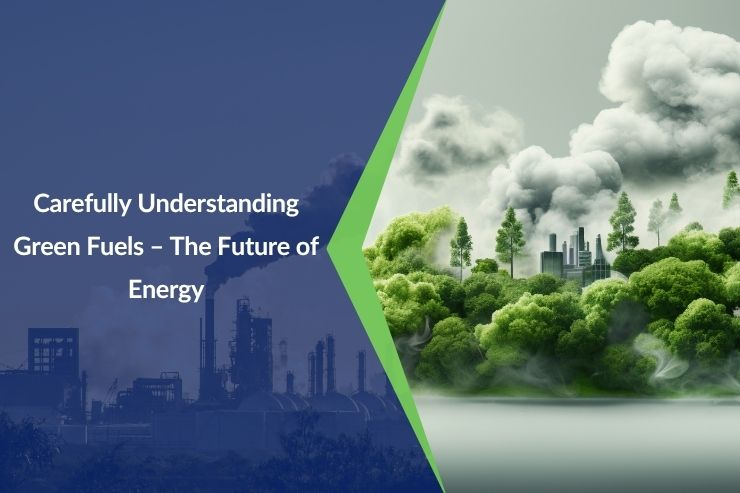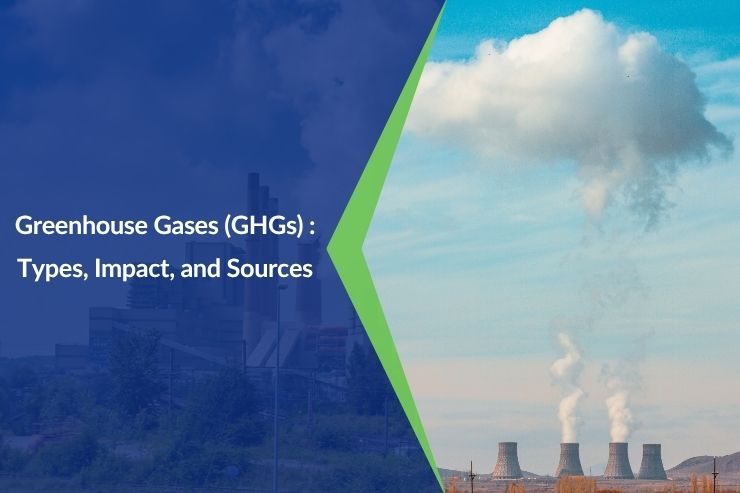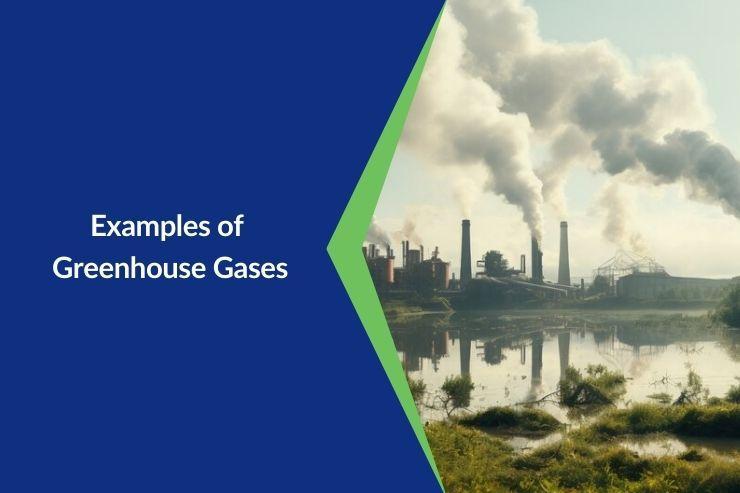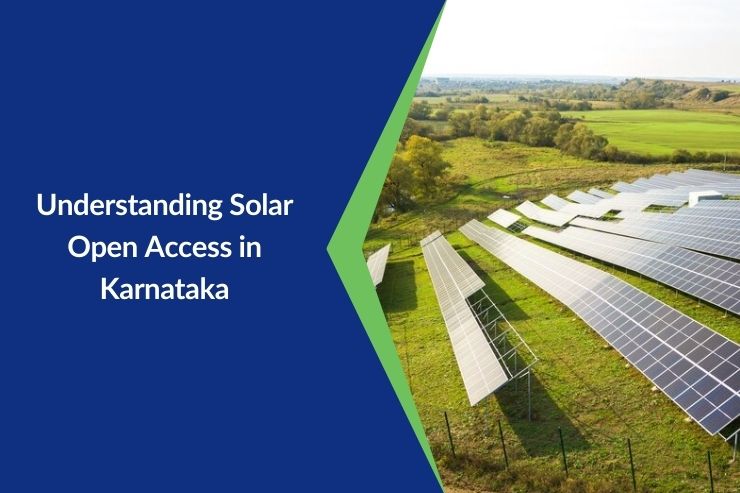Surely you’ve pondered why the frequency of heat waves seems to be worsening each year. The simple answer lies in climate change and the escalation of greenhouse gas emissions. In this post we will delve into this subject in detail.
We shall explore the types of gases for trapping heat, their sources and the extensive effects they exert on our environment. However it’s not all bleak. We will also investigate the strategies and regulations being implemented to mitigate emissions and pave a path towards a future.
Understanding Greenhouse Gas Emissions
Greenhouse gas emissions are those gases that capture heat leading to global warming. The main culprits in this process are carbon dioxide, methane, nitrous oxide and fluorinated gases. Each of these gases contributes to temperature rise. This piece aims to provide an in depth understanding of these gases. From their varieties, to the efforts aimed at lessening their impact.
Types of Greenhouse Gases
Greenhouse gases and global warming are directly correlated. Each type of greenhouse gas has its sources and specific effects on the globe. These differences are important in devising effective strategies to reduce them.
- Carbon dioxide (CO2), primarily released from burning fossil fuels like coal, oil, and natural gas, is a contributor to warming. It accounts for three-quarters of all emissions. It can linger in the atmosphere for hundreds of years, driving long-term climate changes.
- Methane (CH4) is another greenhouse gas released during activities such as oil and natural gas production as well as livestock farming through enteric fermentation. Although methane stays in the atmosphere for a period, compared to CO2, it is more efficient at trapping radiation. Methane is known to have a Global Warming Potential that’s 25 times higher than that of CO2 over a span of 100 years.
- Nitrous Oxide (N2O) primarily stems from practices like the use of synthetic and organic fertilisers. It possesses a warming potential much higher than CO2 and contributes to the thinning of the stratospheric ozone layer.
- Fluorinated Gases, which are man-made and emitted through processes as well as used in products like refrigerants, solvents and foam-blowing agents, are exceptionally potent in causing warming. They have a potency thousands of times than CO2 and linger in the atmosphere for thousands of years
Sources of Greenhouse Gas Emissions
It is important to know the sources of these gases for effective mitigation towards decreasing the emissions of greenhouse gases. There are several different ways in which human activities contribute to its generation.
A high contribution comes from factories and production facilities, which are key contributors to our modern economy. Vehicles burning fossil fuels like petrol emit a significant amount of CO2, making the transportation sector a culprit. Methane and nitrous oxide are major greenhouse gases in the agricultural and land use sectors. Another key player is the energy sector itself. Production of non-renewable energy requires burning coal, oil, and gas. All of these processes release greenhouse gases by the loads.
Effects of Greenhouse Gas Emissions on the Environment
The implications of rising levels of greenhouse gases are far reaching. Some of the most critical effects of rising levels of GHG span from rising sea levels to agricultural and economic losses.
- Rising sea levels and ocean acidification: The melting ice caps and rising CO2 levels are expected to disrupt marine ecosystems and coastal areas.
- Challenges for wildlife: Disturbances in habitats leading to species migration and heightened risk of extinction.
- Health risks for the public: Increasing concentrations of pollutants and rising temperatures result in health issues like heat strokes and respiratory ailments.
- Economic consequences: Significant expenses linked to managing disasters, healthcare costs and decreased productivity due to weather events.
- Effects on agriculture: Climate variations affecting crop production potentially cause food shortages and increased prices.
Measurement and Monitoring of Greenhouse Gas Emissions
Important to this is the tracking of such emissions for effective understanding and management of their growth.
- Methods and Techniques: Involve direct measurement combined with remote sensing technologies.
- Satellite Observations: Using satellites to provide a comprehensive global view of concentrations in CO2 and other greenhouse gases.
- Ocean and Soil Monitoring: Following the uptake of carbon into oceans and the soil.
- Urban Air Quality Monitoring: Put urban sensors in place to measure emissions and pollutants in big cities.
- Advanced Analytics: The use of big data and machine learning for predicting tendencies in emissions reductions.
Strategies to Reduce Greenhouse Gas Emissions
Some of the strategies to successfully reduce emissions are –
- Adoption of Renewable Energy: Shifting to greener sources, like wind and solar.
- Energy-saving measures: Installation of technology and infrastructural re-engineering to use less energy.
- Carbon Capture and Storage: The process of capturing CO2 emissions before they reach the atmosphere and storing them underground.
- Emission Laws: Developing more stringent emission standards for businesses.
- Financial Incentives: Offer financial incentives for tax rebates and subsidies to spur clean energy projects.
- Research and Development: Investments in reducing or capturing new emission-reducing technologies.
- Public Awareness Campaigns: Educating the public about their carbon footprint and ways to reduce it.
Policies and Regulations Addressing Greenhouse Gas Emissions
Various policies and regulations support this effort to reduce emissions.
- International Agreements: For example, the Paris Agreement, in which countries commit themselves to reduction.
- National and Regional Initiatives: Local implementation of rules by local governments towards lowering emissions.
- Corporate Responsibility and Emission Reduction Targets: Companies implementing goals to minimise their environmental footprints.
- Carbon Pricing: Putting a price on carbon through mechanisms such as a carbon tax and cap-and-trade to create an incentive.
- Green Building Standards: All new buildings must meet the standards for energy efficiency and low emissions.
- Transport Rules: Implement tighter standards on vehicle emissions and the promotion of alternative fuels.
- Climate Research Support: Increase funds supporting research in climate and solutions for mitigating and adaptation.
Conclusion
Understanding greenhouse gas emissions is crucial if we aim to tackle them effectively. By grasping the nature and sources of these gases, we can better support the policies and technologies that mitigate their impact. Every baby step that we take, for instance, the adoption of renewable energy, improvement in energy efficiency, and supporting sustainable practices, will have a high potential value toward this very goal.
Frequently Asked Questions About Greenhouse Gas Emissions
In what manner do greenhouse gases contribute to global warming?
Greenhouse gases trap heat like a blanket on Earth. The accumulated trapped heat increases global temperatures, leading to global warming.
What are the most significant sources of greenhouse gas emissions?
The primary sources of greenhouse gas emissions are energy production, industrial activity, and use in agriculture and transportation. They are all the most critical factors in introducing those gases into our atmosphere.
What are the economic implications of addressing greenhouse gas emissions?
Tackling these emissions does require an investment, which might be costly. On the other hand, this also spurs technological innovation and, indirectly, job creation with opportunities for new industries.
Are there natural ways to cut greenhouse gas emissions?
Yes, nature offers some great solutions. For instance, growing more forests and improving soil management can significantly increase CO2 absorption, helping to reduce the amount in our atmosphere.
How do emissions of greenhouse gases influence human health effects?
These emissions decrease the air quality, leading to various health-related issues, especially regarding breathing and heart diseases. Clean air = healthy lives.









